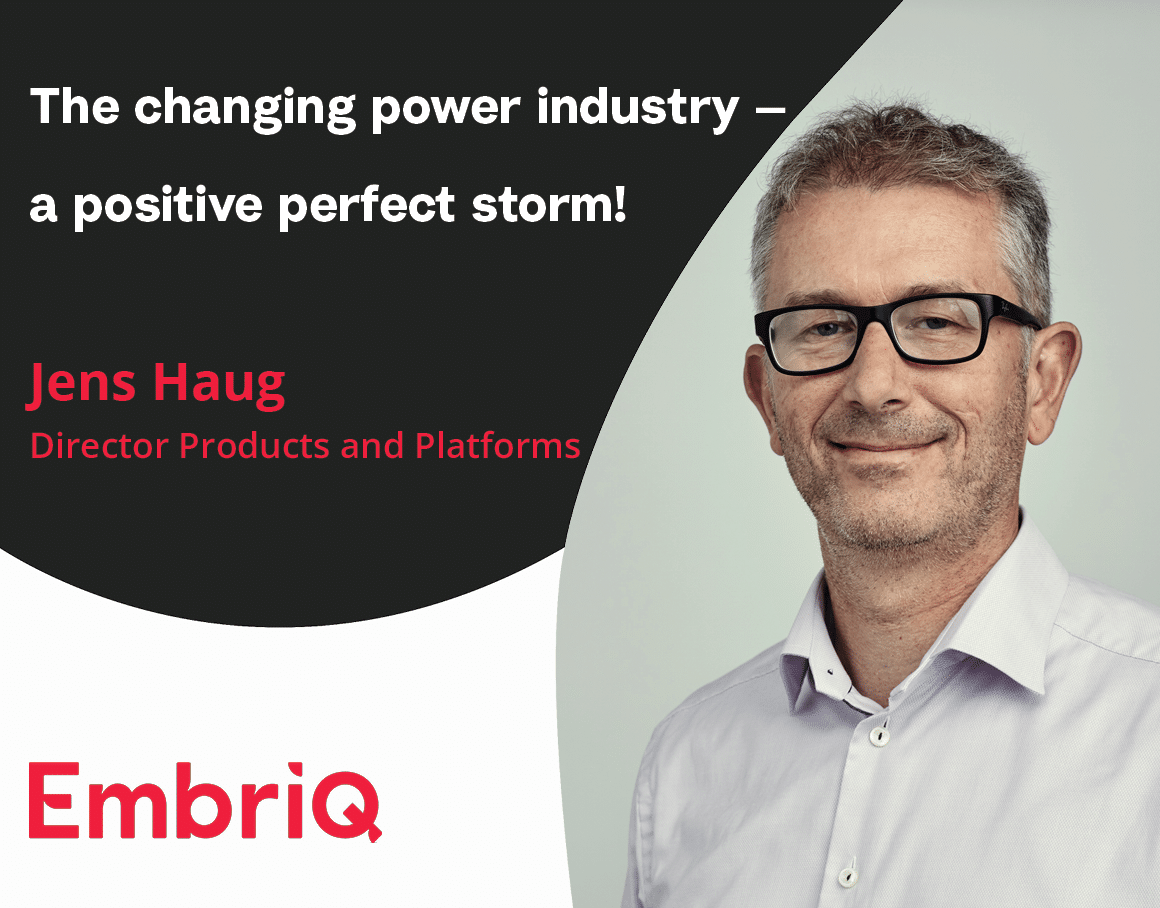One bright spot, however, is in the development of technology, where we see a “positive perfect storm” with access to large amounts of data (AMS meters and other sensors), cost-effective data solutions and, last but not least, access to advanced analysis technology in the form of AI models.
This is where developments will take place in the next couple of years. Although the industry still has cumbersome and older technical systems that will take time to improve and replace, new solutions, which utilise data from the existing technical systems, will achieve extremely fast innovation and utility. One can call them top-level systems, which will to a greater extent be the company’s operations centres going forward.
Which technologies are essential to make this happen? First, the grid companies must have good instrumentation of infrastructure. Here, AMS (advanced metering systems) and substation measurement play a major role, since these provide a good image of the actual state in the distribution grid. In addition, the companies must have adequate instrumentation of the higher voltage levels, either using sensors or access to control systems. These metrics must be aligned with the topology of the grid, which is a digital copy of the infrastructure, i.e. a digital twin.
All this data must be retrieved and managed by an integration solution. Ideally, data should flow between systems with an understandable computer language, so-called standardised messages. Secondly, you need data management and analysis, a place where data is collected and can be used for advanced purposes. This must be a system that has computing power, functional richness and flexible computing resources, and it must be developed with agile and modern DevOps-type models.
Based on this, it is possible to develop solutions with artificial intelligence that can predict errors before they occur, provide better forecasts that can reduce investments in grid development, establish better contact with consumers, contribute to fast and efficient connection of new consumers and producers, and last but not least have significantly better control and management of the grid when the climate crisis’ storms increase in the years ahead.
Is it that simple? Absolutely not. The EU has clearly understood the challenges that will emerge in the years ahead, and the establishment of the NIS 2 (Network and Information Security) directive and the AI Act are clear examples of an absolutely necessary regulation and framework for critical infrastructure. Norwegian power companies and suppliers to the industry must quickly familiarise themselves with this in order to identify the opportunities and limitations.
The next few years will see rapid development in advanced systems for the power industry, but the industry also needs be cautious and level-headed. Although modernisation can bring about many benefits, it cannot come at the expense of higher risk, poorer supply quality, power outages or the security of plants, IT systems and personnel.
An interesting balance in the power industry, that we at Embriq look forward to contributing to!




